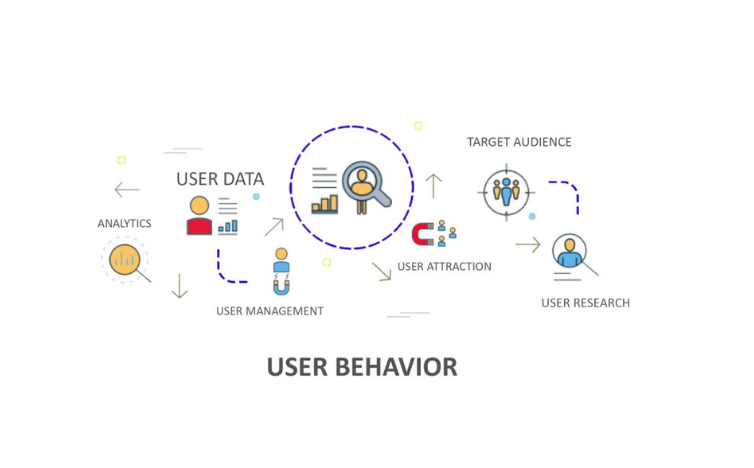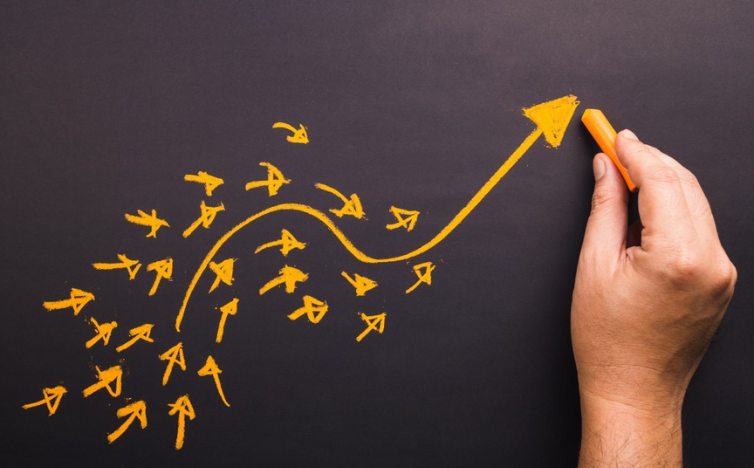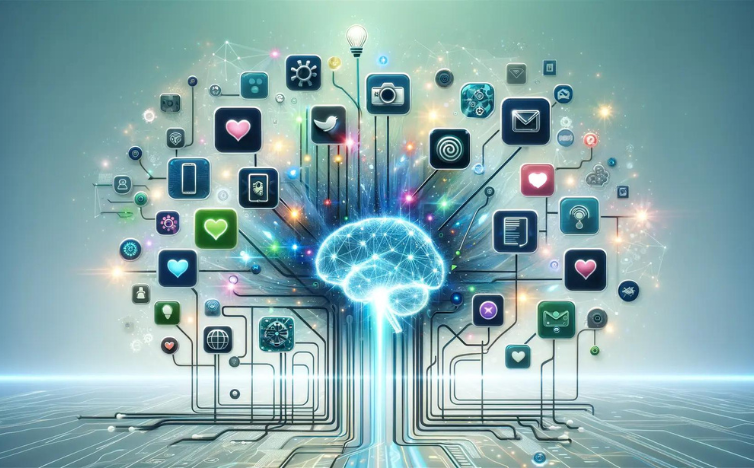In the bustling online sphere, social media managers, tech enthusiasts, and digital marketers are continually on the lookout for the next big trend that could give them the edge in audience engagement. This competitive landscape calls for tools that can sift through the digital noise, distill patterns, and offer insights on what’s resonating with the audience. Enter artificial intelligence (AI) — the technology that’s revolutionizing social media analysis and user behavior monitoring.
Table of Contents
Deciphering User Behavior: From Data Sets to Insights
Understanding how people behave is like solving a complex puzzle. People share their thoughts, feelings, and preferences online, creating a huge amount of data for analysts to study. AI algorithms act like a compass, helping businesses figure out the reasons behind the data. These algorithms work tirelessly, analyzing vast amounts of social media interactions to spot trends, anomalies, and emerging patterns that humans might miss.

Analyzing social media trends with AI involves the processing of unstructured data, like text in posts and comments, and turning it into actionable insights. Sentiment analysis, a subset of AI-driven user behavior analysis, detects the emotional undertone behind social media content. It helps gauge customer satisfaction, brand reputation, and public opinion, giving companies the foresight to mold their strategies accordingly.
See Also: 10 Best AI Tools For Social Media Management
Predicting Trends: AI as the Forward-Thinking Oracle
The true power of AI in social media lies in its predictive capacity. Armed with historical data and machine learning capabilities, AI systems can forecast upcoming trends with surprising accuracy. From detecting spikes in conversation volumes to anticipating viral content, AI can automate trend identification and provide early warnings, allowing marketers to prepare campaigns in advance, ready to ride the wave of the next big thing.

One such application of predictive analytics is trend clustering. By categorizing topics based on their growth trajectory and association, brands can focus their attention on areas likely to become significant. For instance, a tech company might use AI to predict which smartphone features could trend among consumers, guiding their product development and marketing activities.
See Also: 7 Best AI Tools for Data Analysts
Personalization: Tailoring Content with Precise AI Predictions
In the battle for social media engagement, personalized content is the ultimate weapon. AI tools, through their data-driven approach, enable businesses to tailor their social media content to match the preferences and behaviors of specific audience segments. By leveraging AI, social media managers can craft messages that resonate on a deeply personal level, leading to increased interaction and brand affinity.
Intelligent systems can even suggest optimal times for posting, based on when the target audience is most active. This level of personalization extends to the type of content shared — from images to videos and beyond. For instance, an AI algorithm might recommend that a health brand accentuates video content on Instagram since that medium historically garners more attention among their demographic.
See Also: How Can AI Enhance Social Media Ad Personalization?
The Ethical Quandary: AI and Privacy in Social Media
The growth of AI and social media comes with challenges. As AI tools get better at collecting and analyzing data, user privacy becomes a big concern. Using personal information to predict behavior can be helpful but also invasive.
Social media platforms and businesses must tread carefully, adhering to privacy regulations and ensuring transparent practices. AI tools need to be harnessed responsibly, with measures in place to protect user data and informed consent governing the use of personal information. Building trust is as crucial as data analysis when it comes to maintaining a healthy relationship with the online community.
The Future: Where AI and Social Media Converge
The future of AI in social media analysis is bright and dynamic. As algorithms become more sophisticated, they’ll be able to tease out increasingly nuanced user behaviors, leading to more effective marketing strategies. The fusion of AI with augmented reality (AR) or virtual reality (VR) could open up new frontiers of user interaction, creating immersive social media experiences that further challenge analysts to keep a pulse on the changes.

Additionally, AI might become essential for fighting the spread of fake news and misinformation. By using its natural language processing abilities, AI can help distinguish facts from falsehoods. This role could create a more informed and engaged online community, highlighting the positive impact AI can have.
See Also: Future of AI in Social Media: Next Wave of Digital Engagement
Closing Thoughts
As social media continuously evolves, the demand for AI-powered insights grows. By harnessing AI’s capabilities, social media professionals can stay ahead of the curve, armed with a deeper understanding of their audience and the context in which they interact. However, it’s important to remember that AI is a tool, not a solution in itself. It’s how we wield this tool — in consonance with ethical standards and user privacy — that will define the future landscape of social media analysis and user behavior tracking.
In a world where attention is currency, AI is the savvy investor, predicting the valuable trends and behaviors that drive digital engagement. The successful social media manager of tomorrow will be the one who embraces AI’s potential while keeping a finger on the ethical compass, guiding our collective journey through the intricate world of online interaction and influence.
For professionals looking to harness the power of AI in their social media strategies, now is the time to delve deep into these evolving technologies, adapting and innovating as the capabilities of AI expand. With each advancement, we’re one step closer to unlocking the full potential of data-driven insights and ensuring that social media remains a vibrant, informed, and engaged community space.
FAQS
How does AI collect data from social media platforms?
AI gathers data from social media platforms by using APIs, web scraping, and natural language processing to capture posts, comments, likes, shares, and other user interactions.
What techniques does AI use to identify trends on social media?
AI identifies trends through machine learning algorithms that detect patterns, cluster similar topics, and analyze the frequency and context of keywords and hashtags over time.
How can AI differentiate between genuine trends and anomalies or outliers?
AI uses statistical analysis and anomaly detection methods to distinguish between consistent patterns and irregular spikes in data, ensuring that identified trends are genuinely significant and not just anomalies.
What role does sentiment analysis play in understanding user behavior?
Sentiment analysis helps AI understand user emotions and opinions by analyzing the tone and context of social media posts, providing insights into how users feel about certain topics, products, or brands.
How can businesses use AI insights to improve their social media strategies?
Businesses can use AI insights to tailor their marketing campaigns, create relevant content, engage with their audience more effectively, and make data-driven decisions to enhance their overall social media presence.




![Read more about the article Are AI Tools Safe To Use [2025] :Understanding Risks](https://techvibe.ai/wp-content/uploads/2024/02/Are-AI-Tools-Safe-To-Use--300x186.png)